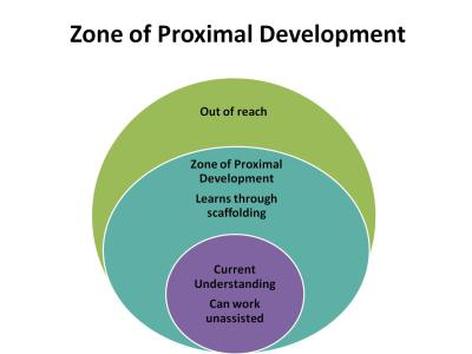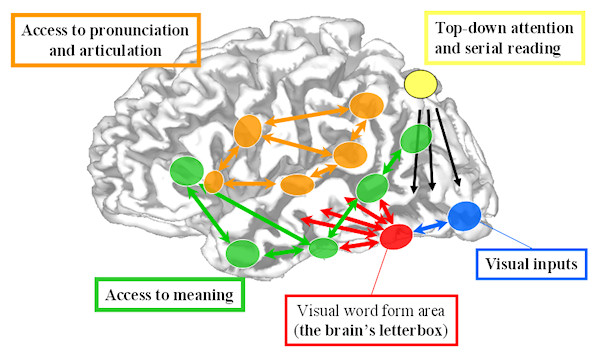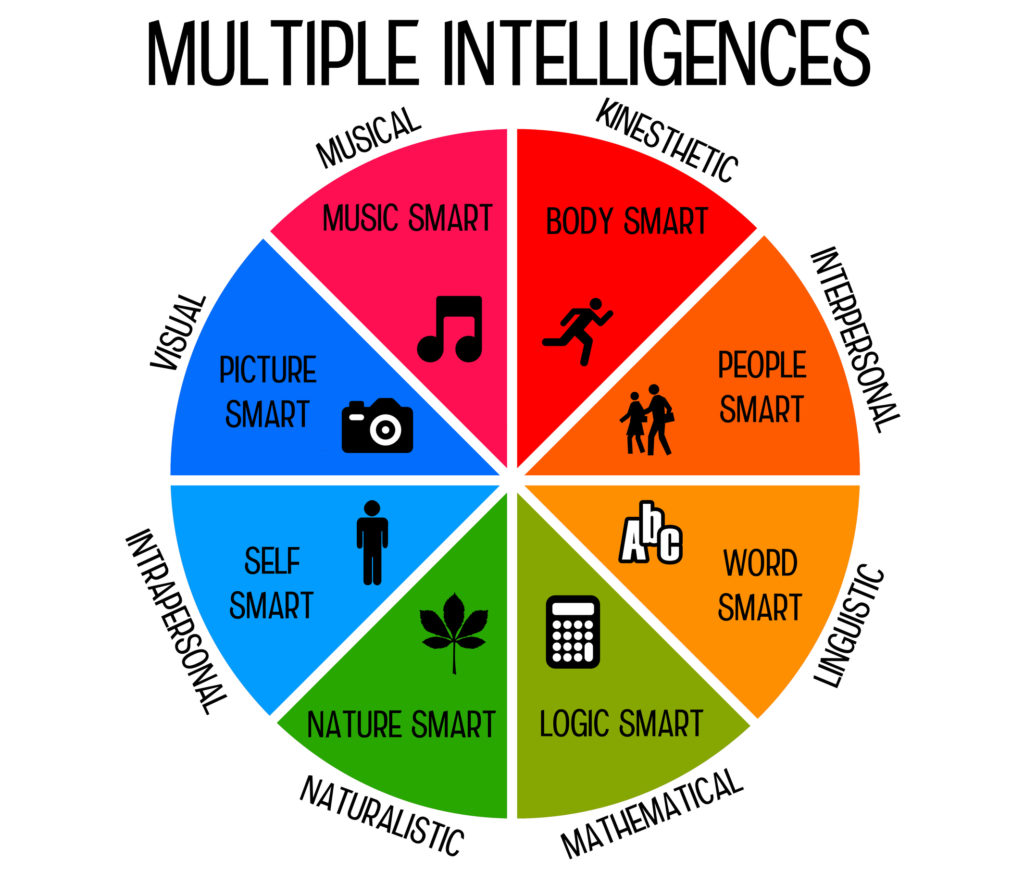By Scott Bolland
We are born with a natural thirst for knowledge. Biologically, the highest concentration of happy hormones (endorphins) in our body is found in the learning centers of our brain. This means we are hardwired to learn. It also means learning brings us great joy.
Just imagine what you would rather do – engage in a stimulating activity like reading or drawing or staring at a blank wall? The answer is fairly simple: We are what Jaap Panksepp calls ‘Seekers‘. We find joy in self-exploration and play. We like to seek and engage in activities that activate the learning centers of our brain. This is how we learn and how eventually competencies emerge.
But if that is the case why do so many kids struggle at school?
The answer is also quite simple: There is a mismatch of how we teach and how the brain actually learns. To understand what this means let me explain a bit more about the learning process.
The learning centers in our brain release happy hormones (endorphins) in an inverted U- shape based on the familiarity of the topic we are learning about. Accordingly, we perceive things that are too familiar as boring and those that are too unfamiliar as aversive. An example would be reading the same book over and over again versus reading a book in a language we do not speak.
In both of these scenarios – too familiar, too foreign, it is unlikely for us to learn. Our brain phases-out as they are not very pleasurable and engaging.
So how do we learn? The answer to this is to find each person’s individual learning sweet spot. Here learning occurs naturally as we are in the flow.
A model created by Lev Vygotsky can help with understanding this approach. He stipulates that it is the things on the periphery of our current knowledge, in the “Zone of Proximal Development”, that extend our capabilities. These are highly pleasurable as endorphins are released making learning enjoyable. Further than that, when we engage in learning in this zone also Dopamin is released making learning highly addictive.

Source: Lev Vygotsky (https://www.simplypsychology.org/vygotsky.html)
If we now bring what we have just learned back into the classroom situation we understand that a set curriculum, at a set pace, leaves some students bored and some behind. With the current approach, only a few students get information on the periphery of their knowledge which means they are engaged, are learning well and enjoying it. Studies have shown that up to 63% of all students in the classroom are disengaged and therefore not learning as well as they could be or not at all.
But how can one teacher tailor the learning content specifically to 25+ students and their individual level of knowledge? This is a daunting task that seems unachievable.
A few years back this would have been an impossible mission. But with current technology around Artificial Intelligence, this is an achievable goal. It can be used as a tool to optimise learning content in a digital context. Artificial Intelligence today allows us to adapt to the students’ needs and capabilities within seconds.
With the advance of fun and engaging digital learning games that keep the students motivated to learn this new technology can be seamlessly integrated into the classroom to support the teacher and the students.
Remember, the ultimate goal is finding the right balance between challenge and achievement to tickle the students learning sweet spot. We want children to learn, be happy and excel. Because happy kids are better learners that live up to their full potential.
Source: Scott Bolland



